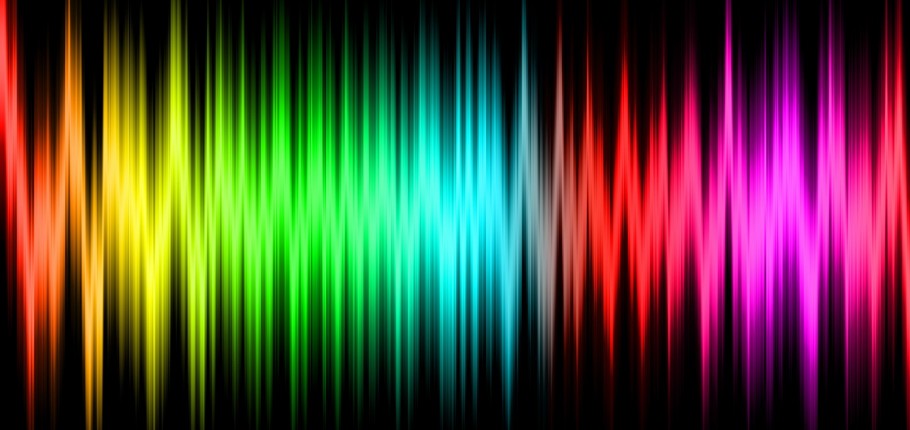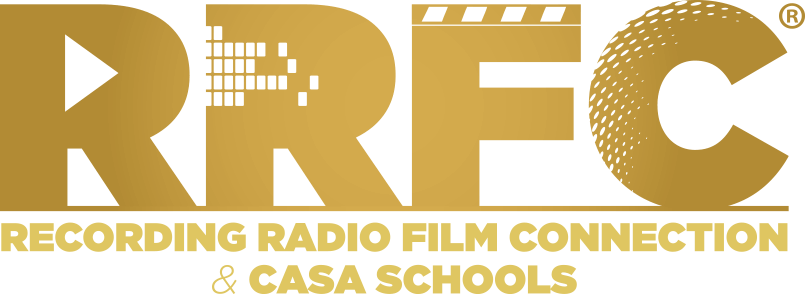
About DAWS – Digital Audio Workstations
A DAW is Digital Audio Workstation. These workstations are designed to record, edit, and manipulate audio. There are currently a multitude of DAWs in industry circulation, some of which include Logic, Ableton, Fruity Loops, GarageBand, and CakeWalk. The most popular DAW among working professionals is Pro Tools due to its flexibility and powerful nature.
DAWs were developed alongside computers, naturally. The early attempts were very expensive, slow, and required much more disk space than most computers of the time could handle. Soundstream, the first commercially available DAW was released in 1977. Over the next decade the technology advanced at a rapid rate. By the mid to late 80’s Atari ST, Commodore Amiga, and Apple Macintosh all began releasing DAWs. By 1994 DAWs were commonplace, but not industry standard. A company named OSC introduced a 4-trak enabled program titled DECK that was widely used. However, it wasn’t until Digidesign introduced Pro Tools into the marketplace that most recording houses went “fully digital.”
Over the course of the history of DAWs their use and purpose has changed and evolved. They were originally introduced in order to record and manipulate sounds and music from outside the computer, as sophisticated editing software. Over time, they started being used to create music firsthand. Today, the EDM or Electronic Dance Music genre is created entirely within DAWs although some artists prefer to create their own sounds by recording and sampling “organic sounds” i.e. recording a real djembe part for a Abondan rhythm, or synthesizing beats together out of sounds they capture from a busy New York city street.
Today you’ve basically got your pick of DAWs. Whatever genre of music or audio art you create there’s probably a DAW created specifically for you, in order to enable you to quickly and more effectively generate work. Fruity Loops is used primarily for pattern-based music. It is used to make electronic music that more often than not has a repeating or looped nature. However, if you’re just recording a podcast you’ll probably be using GarageBand, due to its extremely simple and easy to use nature.
Pro Tools is by far the industry standard. The vast majority of the songs you’ve heard over last ten years was probably created using the program. It’s been the first choice by professionals and the first recommendation to individuals who are aspiring to be professionals. That’s a fact that shouldn’t be overlooked. As far as DAWs go, Pro Tools is still the king.
Making music for a living isn’t easy. It’s a long road, it’s a hard road, and it’s only getting harder thanks to online piracy and underfunded record labels. But the best part about music today is that the dissemination of technology is so widespread that the professionals and the amateurs use the exact same tools. Some high school kid, learning to make beats is using the same program that the professionals are using. That’s a fact that should be extremely inspirational and uplifting. Because that means that the only thing separating the pros from the rest of us is skill. With enough time and energy you can hone your craft. With enough skill and experience you can, really and truly, be a professional.
Doing anything creative requires putting in the time. It’s about working and working and working until you know exactly how to solve the challenges you’ll meet. It’s about being so familiar with the problems that are going to arise out of a given project that you can practically chart a roadmap for how to solve them. It’s about being skilled enough to be able to fully embrace the challenges right in front of you and meet them head on.
Learn more about Music Industry Careers.
Check out our Recording Connection blog, featuring real-world advice at recordingconnection.com/blog.



